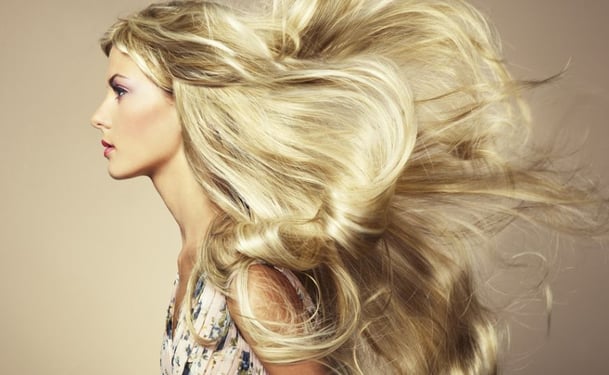Head lice are very small insects. Adult lice are about 1/10 to 1/8 of an inch long. They thrive on the scalp due to the warm, moist environment. As parasitic insects, they survive by feeding from the blood supply to the scalp.
How Do You Get Lice?
Contrary to popular belief, having head lice isn’t a sign of bad personal hygiene. You could have the most impeccable personal hygiene and still get head lice. It is one of the most communicable diseases, second only to the common cold.
Lice are usually transmitted through direct contact with someone else who is infected. Once lice have been removed from the scalp, they become dehydrated and die. However, they can survive for up to 3 days on hats, combs and brushes. They can be spread through the sharing of these items, although this is rare. It is also another myth that lice can jump. The idea that they can probably stems from lice being flicked off by static electricity while dry hair is being combed. However, infection most commonly occurs through brief head to head contact, as lice can crawl at a very fast rate of nine inches per minute through the hair.
How Can You Tell If You Have Lice?
Lice are usually noticed when itching begins, although infestations can begins 2 to 3 months before any itching occurs. The itching is usually no due the bites from the lice, but due to an allergy. Itching commonly happens around the ears and at the back of the head.
There is no other way to find lice than to actually look for the lice or any traces. You can begin by parting the hair in different sections around the head and look out for:
- Live lice - These will commonly be around the ears and at the back of the head. Lice tend to move very quickly away from areas that are being disturbed so they can be easy to miss. Alternatively, you could try using a lice comb. You can purchase these from any chemist. Dampen the hair and put conditioner in it. Then, comb through it in sections, from root to tip. Regularly wipe the comp on tissue paper and inspect it. This damp hair method works better as lice tend to stay still when the hair is wet. Using the conditioner and normal comb will work just fine.
- Live eggs - Lice, also known as nits, are attached very tightly onto the hair shaft. They are oval shaped and usually located ½ an inch from the scalp. Unlike dandruff, nits remain attached to the hair shaft even after they have hatched. Since they are so small, they are easily mistaken for dandruff. Using a magnifying glass and good lighting may help.
- Black specks - Lice feces appear as black specks. They can be found in the hair, on pillows or collars.



